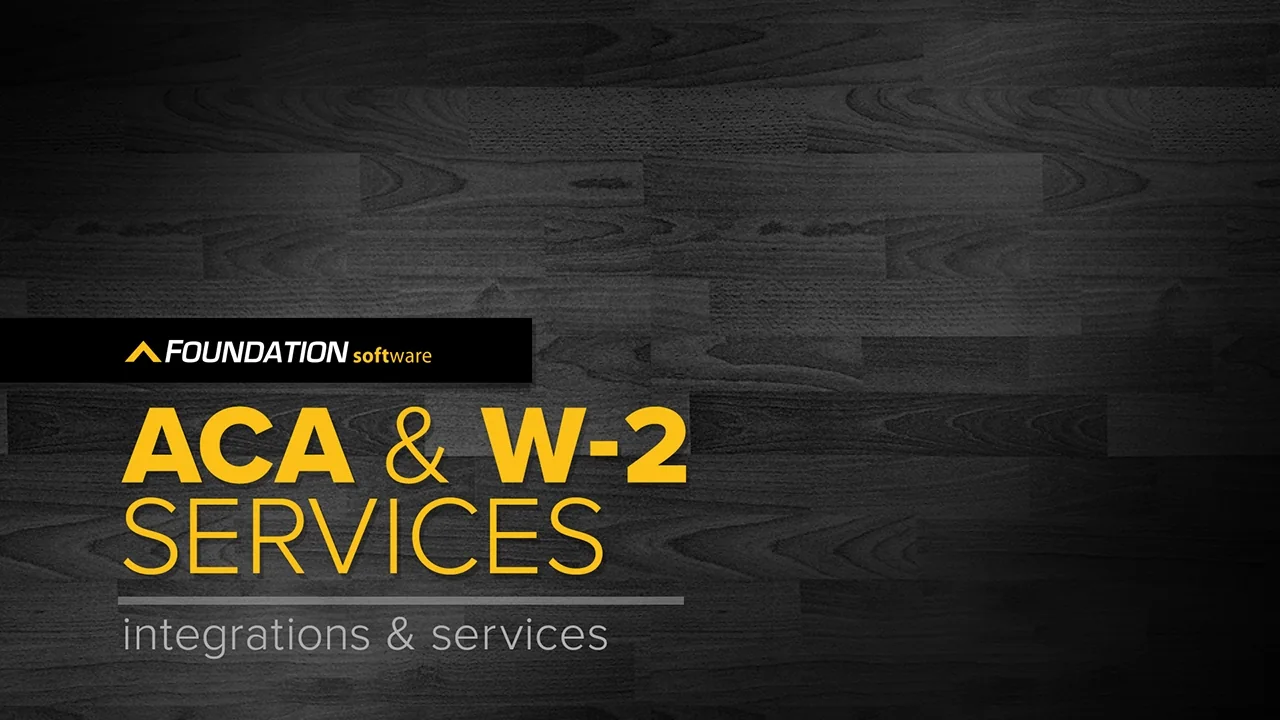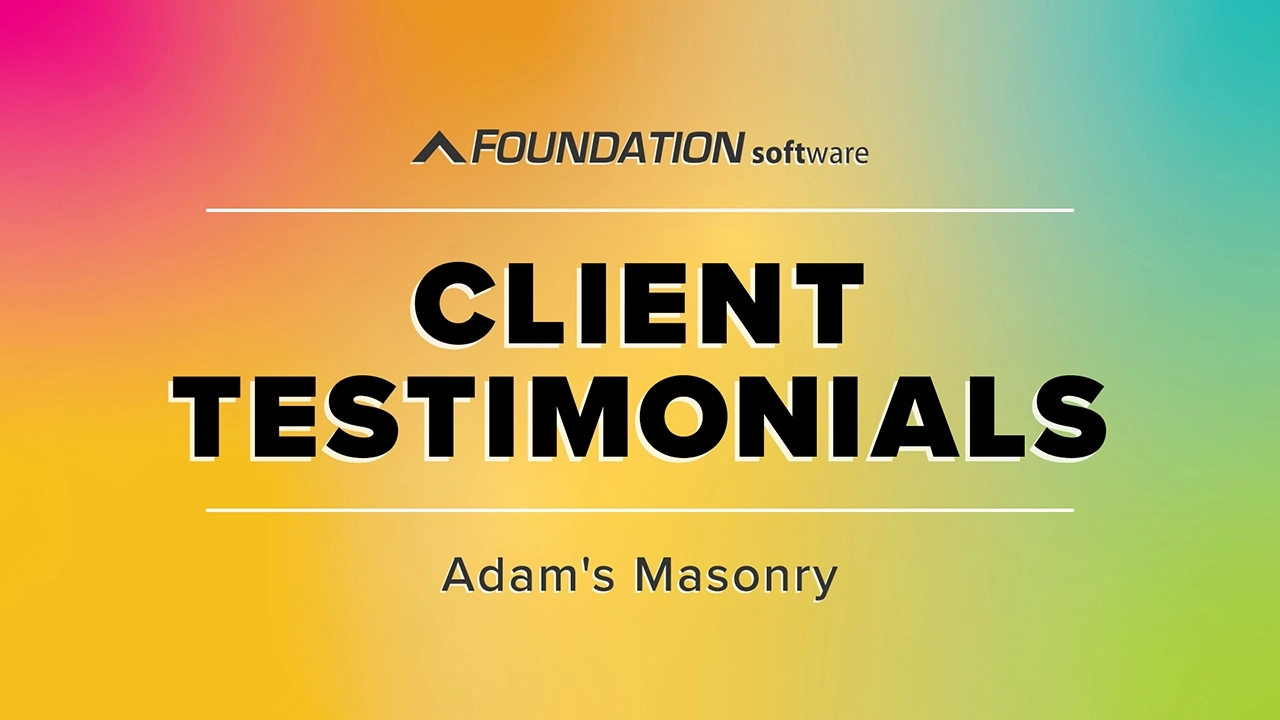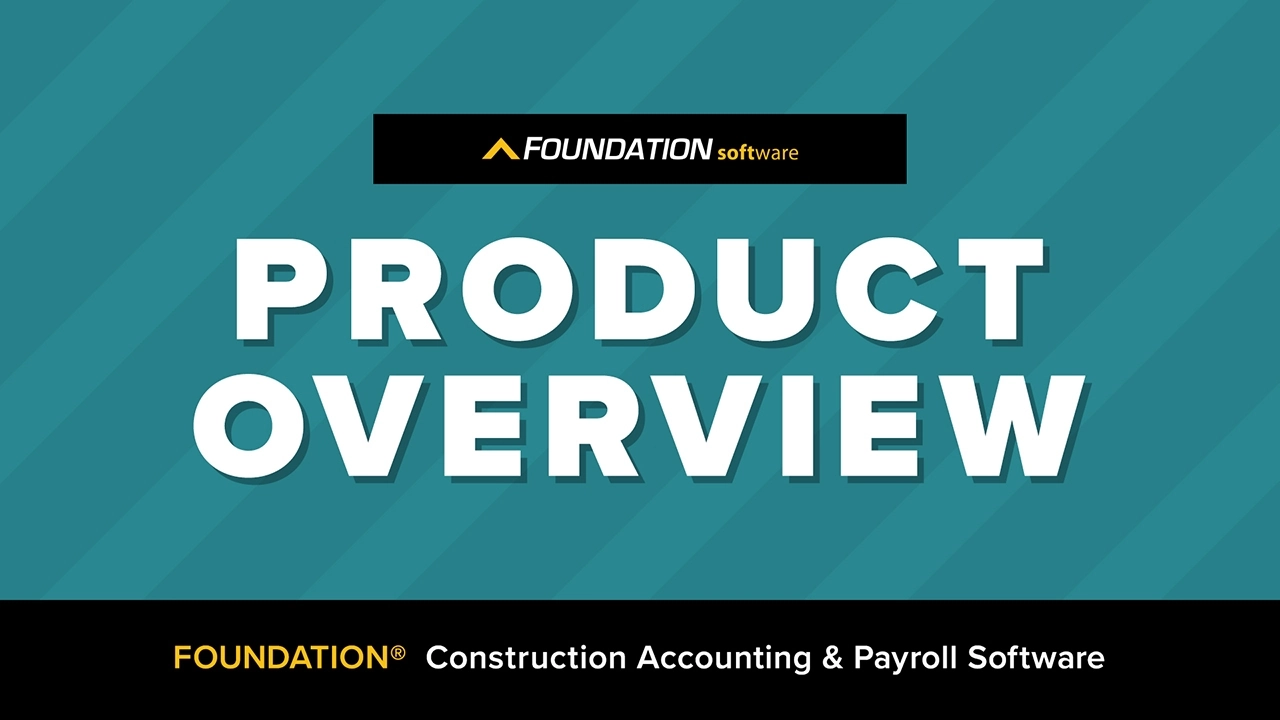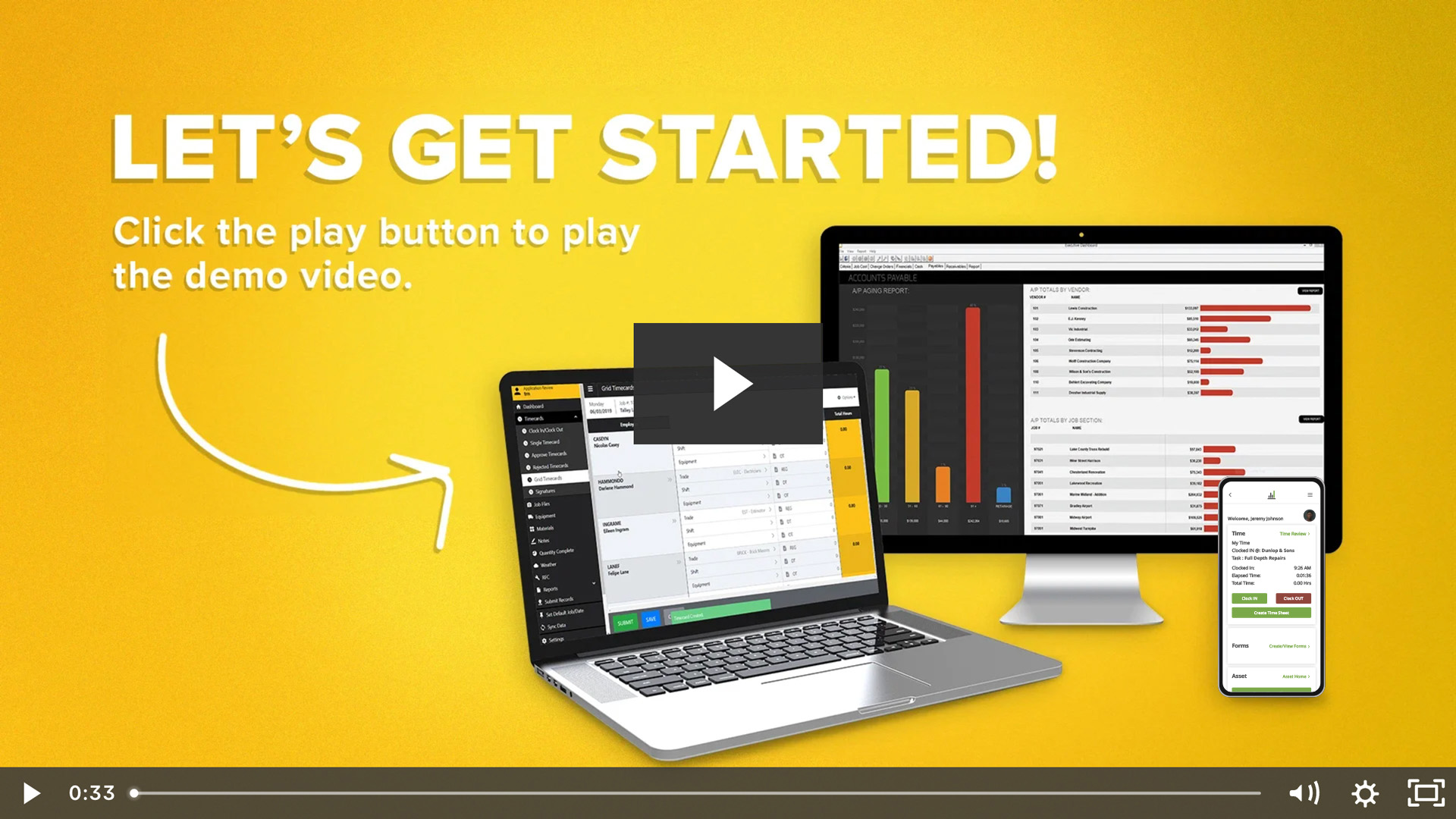
In the ever-changing world of commercial construction, accurate accounting processes are crucial for managing project finances, avoiding cost overruns and maximizing profitability.
According to research conducted by Danish geographer outlined in the publication Strategy + Business, since 1910, 91.5% of projects go over budget, over schedule, or both, so for construction accountants looking to elevate their expertise, understanding advanced accounting methods is essential.
In this article, we’ll delve into accounting in construction and the different types of accounting methods, how to use them appropriately, and which ones may be best built for your construction business.
Key Takeaways
- The percentage-of-completion method involves calculating a percentage of the revenue generated and compare it to the costs during a specific project phase.
- The completed contract method of accounting is more simplistic and involves comparing costs and revenue at the end of the project to calculate profitability.
- For long-term projects, construction accountants should use the percentage-of-completion method to receive valuable financial insights and make adjustments to avoid overspending.
- On short-term projects, it’s less likely contractors will experience cost overruns, so the completed contract method is normally better because it takes less time, is less prone to mistakes and will give you an accurate picture of project financials.
- Construction accounting software simplifies advanced accounting methods because it offers automated calculations, financial reporting and allows construction accountants to easily identify key performance indicators at any given time.
Complex Commercial Construction Accounting
The key difference between construction firms and other businesses lies in how they handle their accounting process and financial statements.
Construction accounting differs significantly from standard accounting due to the nature of construction projects, which often span months or years and involve complex contracts and compliance items.
Accurate financial reporting is vital, and the choice of accounting method has a direct impact on how revenue and expenses are recognized and reported.
With that in mind, construction accountants should implement advanced accounting practices that are more tailored to the construction industry to make more informed financial decisions.
Two of the most prominent methods are the percentage-of-completion method and the completed contract method.
Percentage-of-Completion Method
The percentage-of-completion method is a widely used construction accounting approach for measuring financial success on long-term construction projects.
This method requires careful tracking of revenue and actual costs in proportion to the progress of the construction project. Much of this information needed to calculate percentage-of-completion can be pulled from work-in-progress (WIP) reports, so it’s important to maintain them as well.
The formula for calculating the percentage-of-completion method is:
$${Costs\ to\ Date \over Estimated\ Total\ Costs} \times 100$$
Essentially, this method allows construction accountants to calculate a percentage of the total contract revenue and costs at any point during the project’s lifecycle.
Key Benefits of the Percentage-of-Completion Method
There are several benefits of having this information available, including:
Project Finances and Progress Reflected in Real-Time
This percentage-of-completion method aligns revenue recognition with the actual progress of the project, allowing stakeholders to see how much work has been completed and how much revenue has been earned.
Stakeholders can use this information to make faster, more informed decisions about project finances.
Improves Financial Planning
By recognizing revenue and expenses progressively, businesses can more effectively manage cash flow. Improved cash flow means less delays and more profitability at the end of the entire project.
Timely Recognition of Revenue
For long-term construction contracts, the percentage-of-completion method allows revenue recognition through the percentage-of-completion method means that construction companies can report income progressively, rather than waiting until project completion.
This method provides a clearer financial picture for the company and its stakeholders, especially construction businesses who have multiple ongoing long-term projects.
Drawbacks of the Percentage-of-Completion Method
While the percentage-of-completion method offers several significant benefits, there are also a few challenges construction accountants must tackle when using this method such as:
Complex Calculations
Determining the percentage of completion requires detailed tracking of project milestones and costs, which can be complex and time-consuming depending on the company’s size and project backlog.
Risk of Estimation Errors
Inaccurate estimates of project completion can lead to misreporting revenue and expenses.
Difficulty Tracking Progress
Accurately measuring the percentage of completion can be challenging, especially for larger projects.
To simplify tracking, many construction accountants rely on construction accounting software because it gives them access to real-time data they can easily factor in to their percentage-of-completion calculations.
Completed Contract Method

The completed contract method is the opposite of the percentage-of-completion method because it involves measuring revenue and expenses only after the project is completed.
This method is typically used for short-term projects or when the outcome of the project is uncertain.
Key Benefits of the Completed Contract Method:
There are a few benefits of the completed contract method such as:
Simplicity
The completed contract method simplifies accounting by deferring revenue and expense recognition until project completion, simplifying financial reporting.
Risk Mitigation
It avoids potential estimating errors since all revenues and expenses are recognized only when the project is completed.
Possible Tax Benefits
In some cases, recognizing all revenue and expenses at once can provide construction tax advantages for construction contractors by deferring income to a later period.
This deferral might be beneficial for tax planning and cash flow management, depending on the situation.
Drawbacks of the Completed Contract Method
The simplicity of the completed contract method does come with a few drawbacks including:
Delayed Financial Insights
Since construction accountants are waiting to calculate key financial information until project completion, contractors will receive delayed financial information about project performance.
This could result in unforeseen cost overruns and expenses that could’ve been avoided or mitigated if identified earlier.
Struggles With Long-Term Projects
It is less effective for long-term projects where periodic financial reporting and monitoring are crucial.
If the completed contract method was used on a long-term project, the contractor would have virtually no financial insights throughout the project.
As project needs would likely fluctuate, contractors would have a difficult time adjusting their cash flow management without real-time financial information.
Choosing the Right Construction Accounting Method
The construction industry has significant accounting challenges. For business owners and construction accountants, selecting the appropriate accounting method depends on various factors, including the:
- Nature of the project
- Duration
- Financial goals
Here are a few considerations to help you make the right choice:
Project Duration
For long-term projects, the percentage-of-completion method is generally more suitable as it provides ongoing financial insights.
For short-term or simpler project timelines, the completed contract method may be sufficient depending on the timeline.
Revenue Visibility
If the project’s outcome and revenue visibility are clear and predictable, the percentage-of-completion method is beneficial.
If there is significant uncertainty, the completed contract method may be preferable since its calculations only occur after the individual project is finished.
Financial Reporting Needs
Consider how each method impacts construction accounting reporting.
The percentage-of-completion method offers more detailed ongoing construction accounting reporting, while the completed contract method simplifies reporting but offers less frequent insights.
Leveraging Construction Accounting Software to Simplify Advanced Accounting Methods
Modern construction accounting software plays a critical role in implementing these advanced methods effectively with:
- Automated Calculations: Construction accounting software can automate the complex calculations required for the percentage-of-completion method, reducing errors and saving time.
- Real-Time Reporting: construction accounting software provides real-time data, enabling better financial oversight and quicker decision-making.
- Integration with Other Construction Software: accounting software — like FOUNDATION® — can integrate with construction project management software, human resource and time tracking software to provide contractors with unique insights into their labor burden and change orders.
FOUNDATION construction accounting software can track every dollar spent at any given time and automatically calculate key financial data and generate job costing reports.
Construction accountants can use this information to more effectively implement advanced construction accounting methods to improve their profitability in the short and long term.
Chat with a specialist to learn more!
Share Article
Keep on current news in the construction industry. Subscribe to free eNews!
Our Top 3 YouTube Videos
Learn about our software more in depth with product overviews, demos, and much more!

Our ACA reporting & e-filing services include official 1094-C and 1095-C IRS reporting, optional e-filing (no applying for a TCC code required), mailing to your employees and experienced support to help you.

There are plenty of reasons to make FOUNDATION your choice for job cost accounting and construction management software — just ask our clients!

From job cost accounting software, to construction-specific payroll. Get an overview on your next all-in-one back-office solution.



